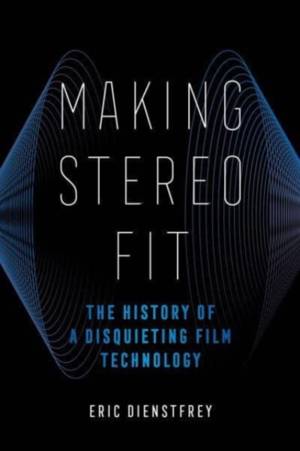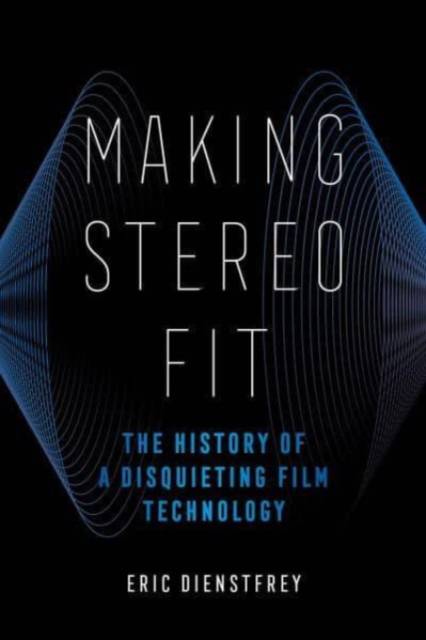
- Afhalen na 1 uur in een winkel met voorraad
- Gratis thuislevering in België vanaf € 30
- Ruim aanbod met 7 miljoen producten
- Afhalen na 1 uur in een winkel met voorraad
- Gratis thuislevering in België vanaf € 30
- Ruim aanbod met 7 miljoen producten
Zoeken
€ 38,95
+ 77 punten
Uitvoering
Omschrijving
Surround sound is often mistaken as a relatively new phenomenon in cinemas, one that emerged in the 1970s with the arrival of Dolby. Making Stereo Fit reveals that, in fact, filmmakers have been creating stereo and surround-sound effects for nearly a century, since the advent of talking pictures, and argues that their endurance owes primarily to the longstanding battles between stereo and mono technologies. Throughout the book, Eric Dienstfrey analyzes newly discovered archival materials and myriad stereo releases, from Hell's Angels (1930) to Get Out (2017), to show how Hollywood's financial dependence on mono prevented filmmakers from seeing surround sound's full aesthetic potential. Though studios initially explored stereo's unique capabilities, Dienstfrey details how filmmakers eventually codified a conservative set of surround-sound techniques that prevail today, despite the arrival of more immersive formats.
Specificaties
Betrokkenen
- Auteur(s):
- Uitgeverij:
Inhoud
- Aantal bladzijden:
- 312
- Taal:
- Engels
- Reeks:
Eigenschappen
- Productcode (EAN):
- 9780520379558
- Verschijningsdatum:
- 16/01/2024
- Uitvoering:
- Paperback
- Formaat:
- Trade paperback (VS)
- Afmetingen:
- 152 mm x 226 mm
- Gewicht:
- 430 g

Alleen bij Standaard Boekhandel
+ 77 punten op je klantenkaart van Standaard Boekhandel
Beoordelingen
We publiceren alleen reviews die voldoen aan de voorwaarden voor reviews. Bekijk onze voorwaarden voor reviews.








